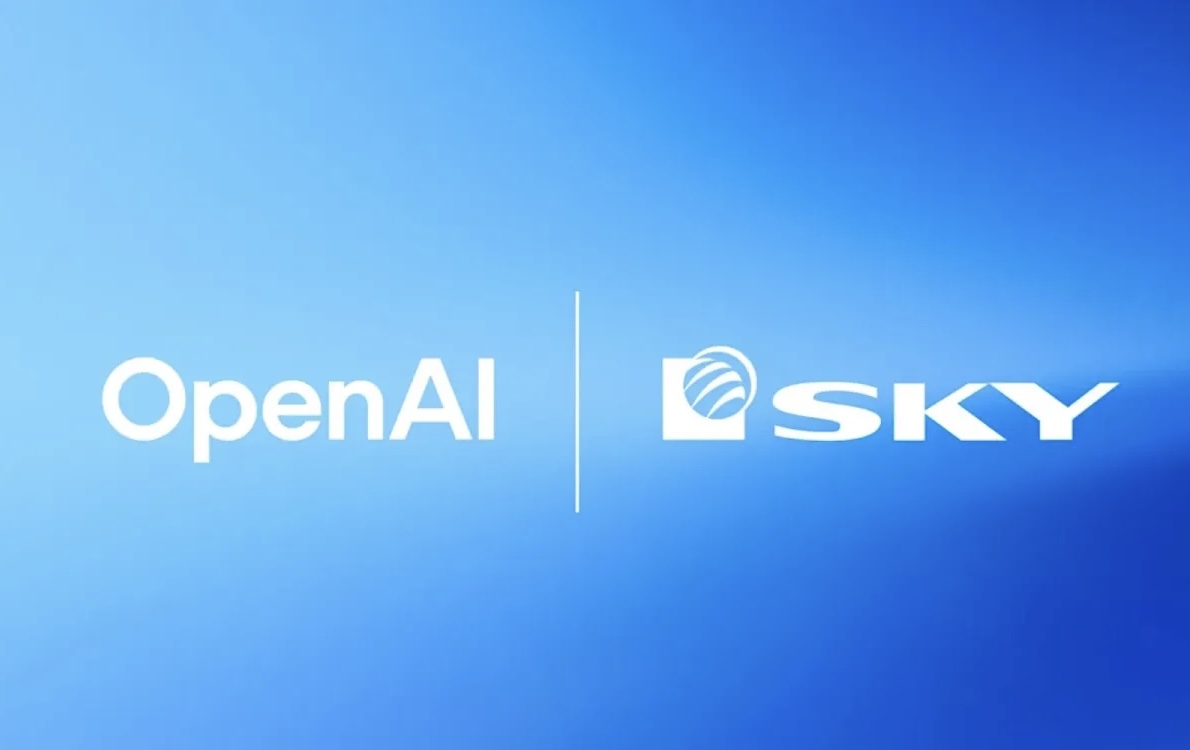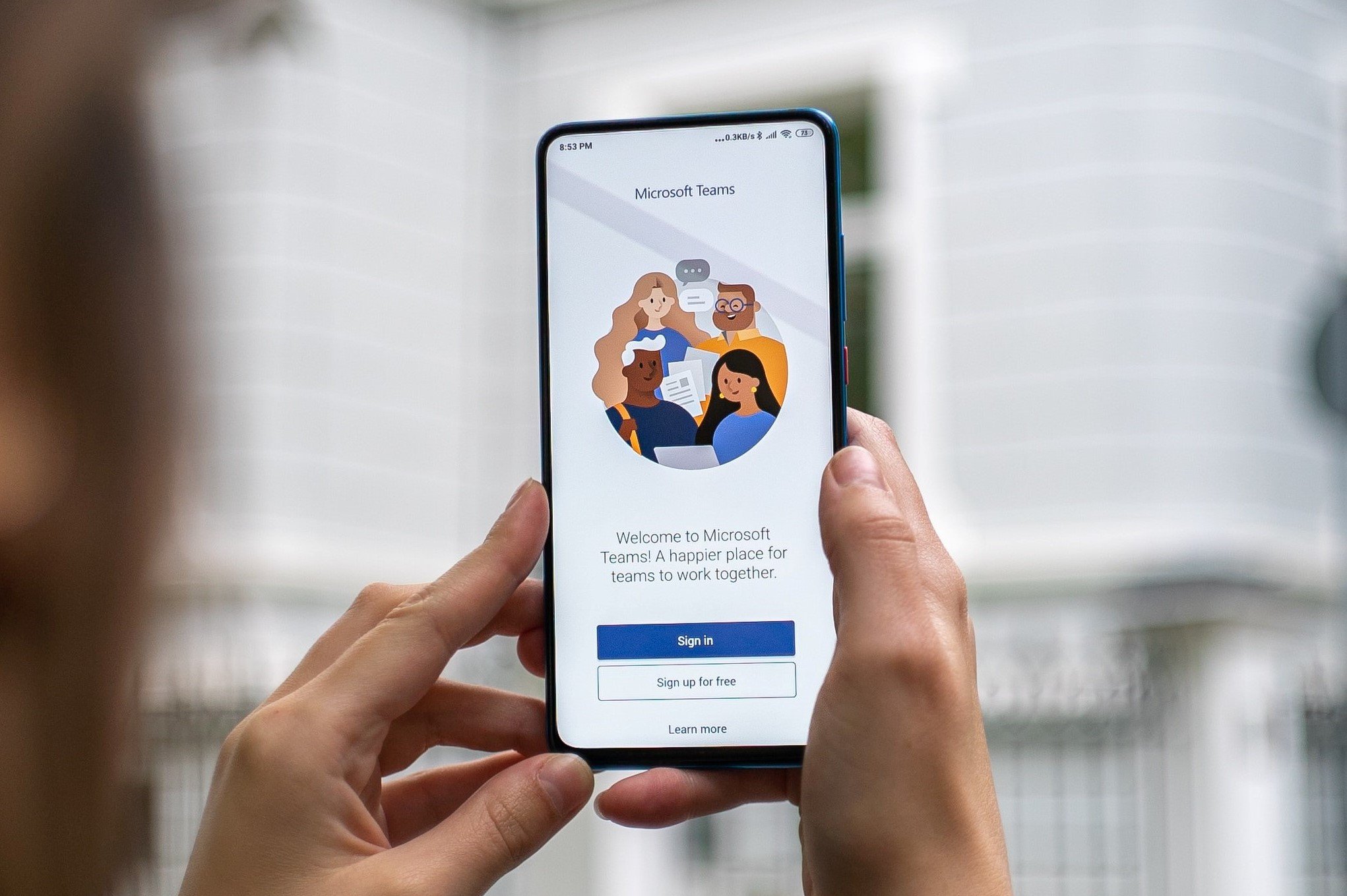Microsoft Teams There are several new features in development that will be rolled out in the coming months, and one of the more intriguing ones also promises to stir controversy. According to TechRadarapplication soon You’ll be able to recognize (and report) your users’ location based on which Wi-Fi network in your company or office they’re connecting from..
According to the platform roadmap, this feature will appear in Microsoft Teams sometime in December. At this point, Redmond residents haven’t provided too much detail about how it works or what its goals are, but there’s reason to believe it will generate complaints.
As you can see from the brief description of this feature, Microsoft Teams will automatically change to indicate what location the person is working from when connected to your organization’s Wi-Fi. The idea is to let other team members know which building they work in, the company says.
This suggests that the target audience for this tool are those who are part of large corporations with multiple facilities on campus. Being able to pinpoint where an employee is can be crucial, for example, in order to contact them personally.
Although it is also logical to think that its implementation in Microsoft Teams could lead to undesirable level of control by superiors or superiors. If an employee decides to leave their desk and continue working elsewhere for a change of scenery or to clarify their ideas, they may not want to be bothered or harassed unnecessarily.
Microsoft Teams will show your location in the office based on what Wi-Fi you’re connected to.
Another question is whether this feature could cause any negative reaction in the work environment if the person is not working from the office. The Microsoft Teams roadmap mentions that automatic location switching will be enabled when connected to an organization’s Wi-Fi. It is not specified how it will behave when using a network that does not belong to the company..
Let’s see how this feature applies when it arrives in Microsoft Teams. But, as we said at the beginning of the article, it has all the signs that it could become a potential source of controversy. Especially in work environments where it may be more difficult to hide—at least for a while—from a boss or supervisor.
Be that as it may, Microsoft Teams has been including several new features for some time now. This year, for example, saw the introduction of conversation threads, a very useful tool that competitors like Slack introduced a few years ago.
Although not everything that is tested in software ultimately reaches end users. Some time ago, Redmond residents refrained from allowing Co-pilot could see everything that was happening on the screen during a Microsoft Teams meeting.
The idea was that the AI would use this information to provide summaries or answers to meeting questions. Concerns about the potential negative privacy impact of this option, especially when dealing with sensitive or confidential data, were immediately raised. Microsoft has declined (for now) to include it in Teams, although it’s unknown whether it might try again later.
Source: Hiper Textual
I am Garth Carter and I work at Gadget Onus. I have specialized in writing for the Hot News section, focusing on topics that are trending and highly relevant to readers. My passion is to present news stories accurately, in an engaging manner that captures the attention of my audience.












